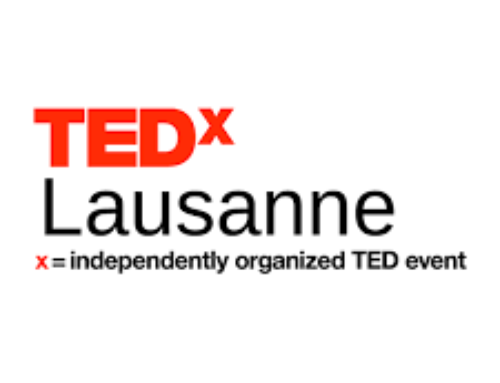User-generated science : web 2.0 tools are beginning to change the shape of scientific debate
Although Web 2.0, with its emphasis on user-generated content, has been derided as a commercial cul-de-sac, it may prove to be a path to speedier scientific advancement. According to Adam Bly, Seed’s founder, internet-aided interdisciplinarity and globalisation, coupled with a generational shift, portend a great revolution. His optimism stems in large part from the fact that the new technologies are no mere newfangled gimmicks, but spring from a desire for timely peer review.
With the technology in place, scientists face a chicken-and-egg conundrum. In order that blogging can become a respected academic medium it needs to be recognised by the upper echelons of the scientific establishment. But leading scientists are unlikely to take it up until it achieves respectability. Efforts are under way to change this. Nature Network, an online science community linked to Nature, a long-established science journal, has announced a competition to encourage blogging among tenured staff. The winner will be whoever gets the most senior faculty member to blog. Their musings will be published in the Open Laboratory, a printed compilation of the best science writing on blogs. As an added incentive, both blogger and persuader will get to visit the Science Foo camp, an annual boffins’ jamboree in Mountain View, California.
By itself this is unlikely to bring an overhaul of scientific publishing. Dr Bly points to a paradox: the internet was created for and by scientists, yet they have been slow to embrace its more useful features. Nevertheless, serious science-blogging is on the rise. The Seed state of science report, to be published later this autumn, found that 35% of researchers surveyed say they use blogs. This figure may seem underwhelming, but it was almost nought just a few years ago. Once the legion of science bloggers reaches a critical threshold, the poultry problem will look paltry.
Read the article on the Economist site.




